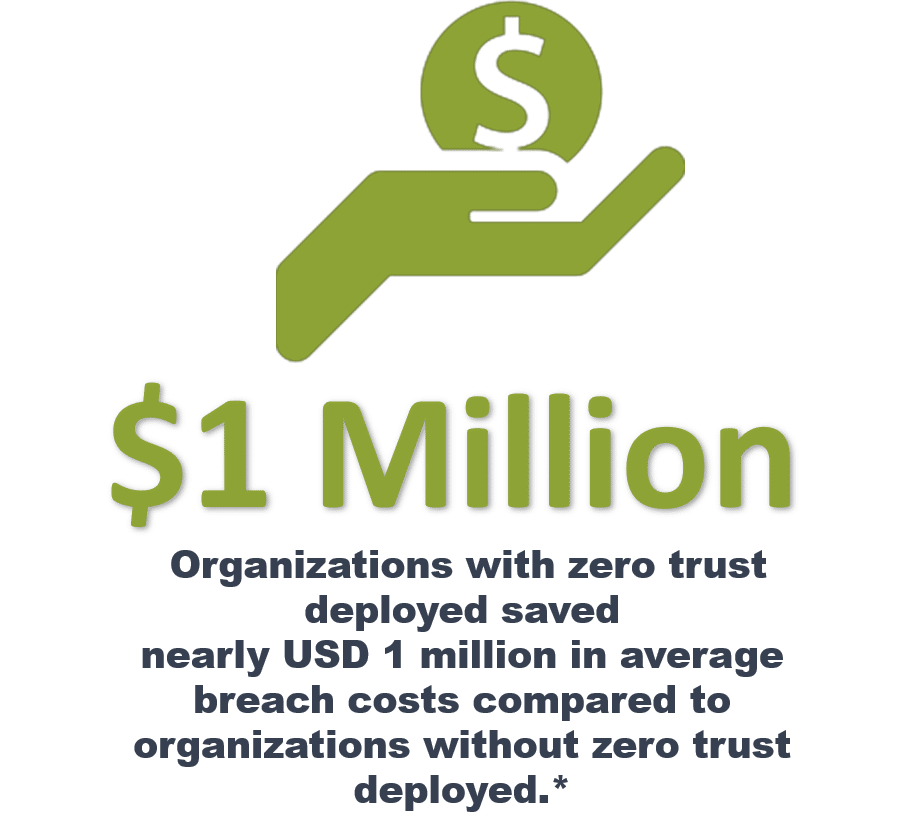
Higher education institutions face increasing challenges in safeguarding sensitive student information, research data, and administrative records within the digital realm. To address cyber threats, data breaches, and compliance issues, adopting a Zero Trust Data Access (ZTDA) approach is crucial.
Higher Education Institutions Bolster Data Security with Zero Trust Data Access
Estimated reading time: 2.5 minutes
Table of Contents
Higher Education and Data Security

Safeguarding the Sensitive Data of Higher Education:
Higher educational institutions handle vast amounts of sensitive data, including student records, financial information, research data, and intellectual property. ZTDA protects these assets from unauthorized access. By implementing strict access controls, micro-segmentation, and the principle of least privilege, ZTDA platforms allow institutions to grant access only to authorized individuals, significantly reducing the risk of data breaches and unauthorized disclosures. With ZTDA, higher educational institutions can uphold their commitment to data privacy and protect sensitive information from potential threats.
Enabling Secure Collaboration for Higher Education:
Collaboration is essential within higher education, involving faculty members, researchers, students, and staff across multiple departments and locations. ZTDA platforms facilitate secure collaboration by providing a controlled environment for sharing files and resources. With ZTDA, institutions can grant access based on specific user permissions, ensuring that collaboration occurs within authorized boundaries. This approach minimizes the risk of data leaks, ensures data integrity, and streamlines collaborative efforts, ultimately fostering innovation and knowledge sharing within the institution.
Compliance with Regulatory Requirements:
Higher educational institutions must comply with various regulations and standards, such as the Family Educational Rights and Privacy Act (FERPA) and the General Data Protection Regulation (GDPR). ZTDA aligns with these compliance requirements by offering robust access controls, audit trails, and data governance capabilities. Institutions can implement fine-grained access policies, monitor user activity, and generate comprehensive audit logs to demonstrate compliance during audits and regulatory assessments. By adopting ZTDA, higher educational institutions can strengthen their adherence to data protection regulations and maintain a trusted environment for all stakeholders.
Protecting Against Insider Threats:
Insider threats, whether intentional or accidental, pose a significant risk to data security within higher education. ZTDA platforms provide critical safeguards against such threats by implementing strong user authentication, continuous monitoring of user activities, and access restrictions based on the principle of least privilege. Institutions can easily track and analyze user behavior, promptly identify suspicious activities, and take necessary measures to prevent potential data breaches or policy violations. ZTDA empowers higher educational institutions to mitigate insider threats and protect sensitive data from unauthorized access or misuse.
Mitigating Ransomware Risks:
Ransomware attacks pose a significant threat to higher educational institutions, potentially causing data loss, operational disruptions, and financial losses. ZTDA plays a vital role in mitigating these risks by implementing stringent access controls and activity monitoring. With ZTDA, institutions can enforce granular access permissions, limiting the exposure of critical data to potential ransomware attacks. Furthermore, ZTDA platforms enable real-time monitoring of file activities, allowing institutions to promptly detect and respond to suspicious or unauthorized file downloads or modifications. By adopting ZTDA, higher educational institutions can significantly reduce the risk of ransomware incidents, helping to safeguard their data and aid in uninterrupted operations.
Conclusion:
In an era where data breaches and cyber threats continue to target higher educational institutions, adopting a Zero Trust Data Access (ZTDA) approach is crucial to ensuring data security, facilitating secure collaboration, and complying with regulatory requirements. ZTDA enables institutions to safeguard sensitive data, establish secure collaboration channels, maintain compliance with data protection regulations, and mitigate insider threats. By embracing ZTDA, higher educational institutions can create a robust security posture, foster a culture of trust, and protect valuable intellectual assets within their digital ecosystems.
For additional information see Data Governance, Cybersecurity and Zero Trust Data Access: The Essential Pillars to Protect Data Assets, and The Power of Zero Trust Data Access (ZTDA) in Reducing Ransomware Risk.
*IBM Cost of a Data Breach Report 2022
Learn More About FileFlex Sign Up for a Free Trial